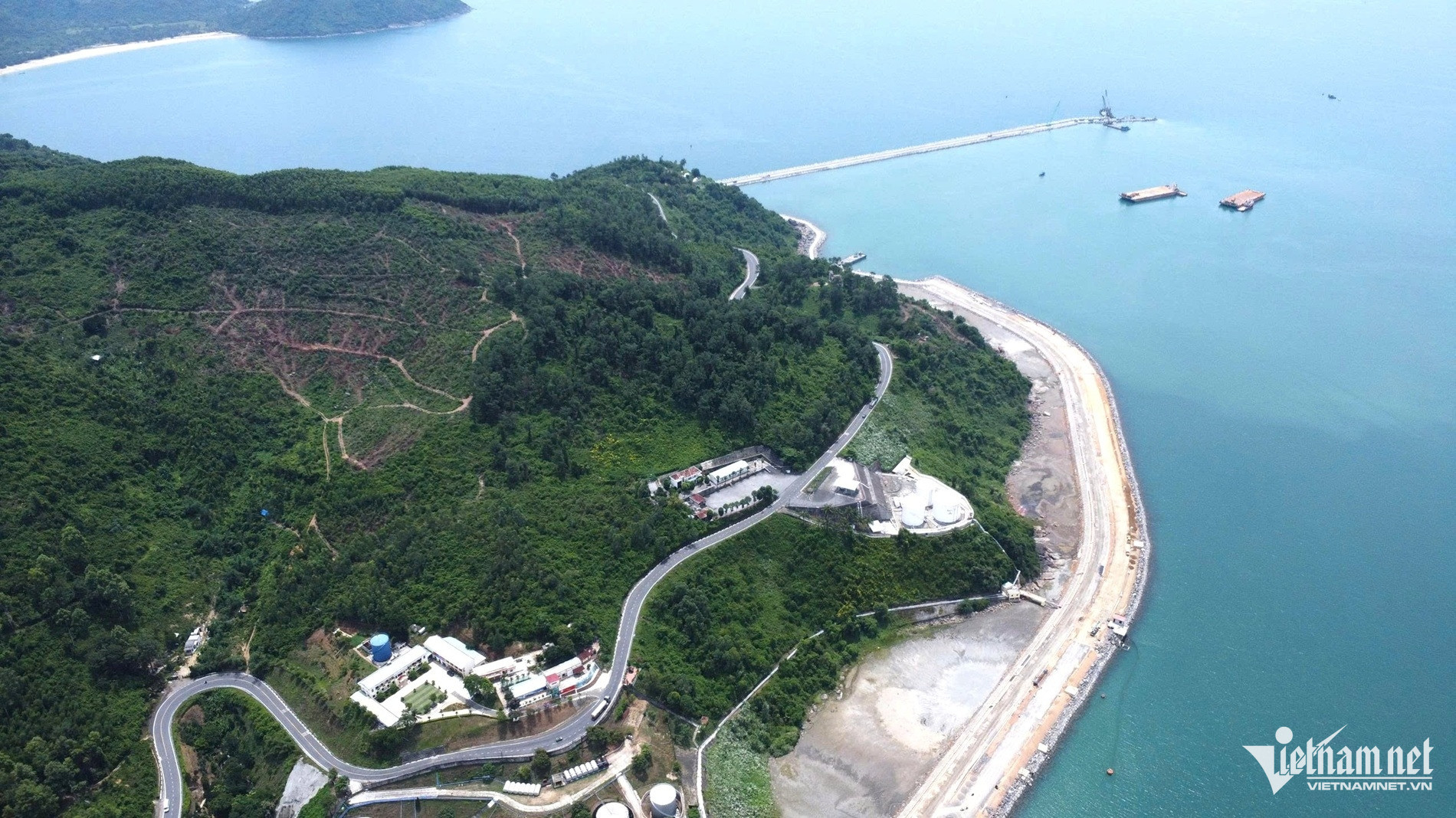Deputy Prime Minister Nguyen Hoa Binh has signed a decision to establish Da Nang City’s Free Trade Zone, spanning over 1,880 hectares and covering seven locations in Lien Chieu district and Hoa Vang district.

On June 16, the Da Nang People’s Committee announced that Deputy Prime Minister Nguyen Hoa Binh had officially approved the formation of the Da Nang Free Trade Zone. The zone covers approximately 1,881 hectares and includes several non-contiguous functional areas spread across Lien Chieu and Hoa Vang districts.
The Da Nang Free Trade Zone comprises functional zones for production and logistics, trade and services, digital industry, information technology, innovation, and other areas as stipulated by regulations.
Specific locations and their characteristics include:
Location 1, approximately 100 hectares, is in Hoa Hiep Bac ward (Lien Chieu district). It is bordered to the north by the foot of Hai Van Pass and the road connecting to Lien Chieu Port; to the south by the Cu De River; to the east by Kim Lien Bay; and to the west by the Lien Chieu Industrial Park.
Location 2, about 77 hectares, also in Hoa Hiep Bac, is bordered to the north by the Lang Van project and the Lien Chieu communal temple; to the south by the Lien Chieu Industrial Park and residential areas near Kim Lien Bay; to the east by residential and industrial areas; and to the west by the Lang Van tourist area.
Location 3, covering 500 hectares, lies in Hoa Hiep Bac ward and Hoa Lien commune (Hoa Vang district). It is bordered to the north by the ADB5 Bac Thuy Tu – Pho Nam route; to the south by the Cu De River; to the east by the South Hai Van bypass road; and to the west by An Dinh hamlet (Hoa Bac commune).
Location 4, about 559 hectares, is located in Hoa Ninh commune (Hoa Vang district). It is bordered to the north by the Hoa Ninh cemetery and western ring road; to the south by Dong Son and Son Phuoc hamlets; to the east by the DT602 road; and to the west by the western ring road.
Location 5, approximately 90 hectares, is also in Hoa Ninh. It is bordered to the north by Suoi Mo, to the south by Suoi Lanh, to the east by tourism service land and Suoi Mo, and to the west by production forest land.
Location 6, with an area of 154 hectares, spans Hoa Ninh and Hoa Nhon communes. It is bordered to the north by An Son hamlet, to the south and east by Dieu Phong and Truc Dong hamlets, and to the west by Hoi Phuoc hamlet (Hoa Phu commune) and Hoang Van Thai road.
Location 7, covering approximately 401 hectares, is in Hoa Nhon and Hoa Phu communes. It is bordered to the north by the Ba Na golf course expansion project and Dieu Phong hamlet; to the south by Dong Lam and Hoa Hai hamlets; to the east by Dieu Phong; and to the west by Phu Tuc hamlet (Hoa Phu).
The Da Nang People’s Committee is responsible for reviewing and updating the boundaries following administrative restructuring, ensuring no changes to the approved functional zone locations.
The Free Trade Zone is envisioned to feature modern, synchronized infrastructure and become a key economic hub in the region. It aims to serve as a strategic growth engine for Central Vietnam and integrate into global and Asia-Pacific supply chains. The zone will act as a vital logistics center connecting Lien Chieu Port, Da Nang International Airport, and the East-West Economic Corridor.
Aligned with the development of an international financial center in Da Nang, the Free Trade Zone will establish a modern, smart, and competitive economic ecosystem, enhancing Vietnam’s global standing.
Functional areas within the zone will be designed for integration, digitization, and seamless connectivity. The production and logistics zone will focus on advanced industries including renewable energy, biotech, pharmaceuticals, aviation, and multimodal logistics using digital and automated systems.
The trade and services area will foster international commerce, including e-commerce, duty-free retail, hospitality, entertainment, sports, education, and high-quality healthcare. The digital and innovation zone aims to become a research and development hub for high-tech startups in artificial intelligence, semiconductors, big data, and cloud computing.
Ho Giap